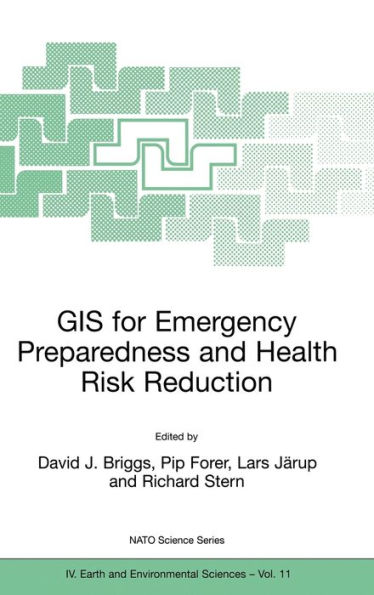5
1
9781402007989



GIS for Emergency Preparedness and Health Risk Reduction / Edition 1 available in Hardcover, Paperback

GIS for Emergency Preparedness and Health Risk Reduction / Edition 1
- ISBN-10:
- 1402007981
- ISBN-13:
- 9781402007989
- Pub. Date:
- 08/31/2002
- Publisher:
- Springer Netherlands
- ISBN-10:
- 1402007981
- ISBN-13:
- 9781402007989
- Pub. Date:
- 08/31/2002
- Publisher:
- Springer Netherlands

GIS for Emergency Preparedness and Health Risk Reduction / Edition 1
$169.99
Current price is , Original price is $169.99. You
169.99
In Stock

Product Details
| ISBN-13: | 9781402007989 |
|---|---|
| Publisher: | Springer Netherlands |
| Publication date: | 08/31/2002 |
| Series: | NATO Science Series: IV: , #11 |
| Edition description: | 2002 |
| Pages: | 326 |
| Product dimensions: | 6.10(w) x 9.25(h) x 0.24(d) |
From the B&N Reads Blog
